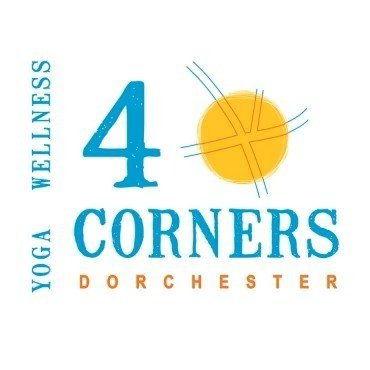The history of Mother's Day dates back to the early 20th century when Anna Jarvis, an American woman, initiated a campaign to establish a day dedicated to mothers. Her mother, Ann Reeves Jarvis, had been a peace activist during the American Civil War and had organized 'Mother's Day Work Clubs' to improve sanitation and health conditions in her community. After her mother's death in 1905, Anna Jarvis began her quest to establish a day to honor all mothers, which eventually led to the official recognition of Mother's Day in the United States in 1914.
Mother's Day evokes a complex tapestry of emotions
with joy and gratitude intertwining with sorrow and ambivalence. For those with loving and supportive mothers, it is a day of celebration, filled with expressions of love and appreciation.
However, for those who have lost their mothers, it can be a day of profound grief and longing. The absence of a mother leaves an unfillable void, casting a shadow over what should be a joyous occasion. Others may experience a bittersweet mix of emotions, grappling with unresolved issues or strained relationships with their mothers. For those who have experienced trauma or abuse at the hands of their mothers, Mother's Day can trigger painful memories and evoke feelings of anger and resentment.
The societal pressure to conform to idealized notions of motherhood can also add to the emotional turmoil experienced by those who feel they fall short of these expectations. Ultimately, Mother's Day is a day that highlights the multifaceted and often contradictory nature of the mother-child bond, a bond that can bring both immense joy and profound sadness.
As you pause to consider what Mother’s Day means to you, may you have compassion for yourself if there is sadness and joy if you’re able to celebrate.
As we pay homage to this day may we be inclusive of what it means for everyone and rest in the emotions that will arise.


